

| Ten common Nottinghamshire moths by month |
| October |
| With the nights lengthening, the
moth season continues to start to wind down from the
heady evenings/nights of July and August. That said, it
is still well worth running an MV light trap within the
confines of any garden. October is a decent month for trapping migrant moths (depending on the weather) and there are still some species only just beginning their flight season. However, the number of both moths and species will continue to drop as the Autumn progresses. |
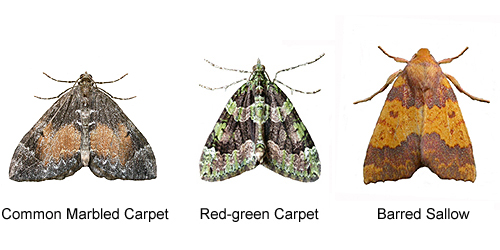 |
|
| .... | ||
| Below are the ten species most likely to be seen in Nottinghamshire during the month, followed by just some of the species which can also be expected. | ||
| 49.039 .... B&F 0998 .... Light Brown Apple Moth Epiphyas postvittana (Walker,
1863) |
||
| Status .....Originally an Australian species, which was accidentally introduced into the UK in the 1930's. It is now an abundant moth, found throughout Nottinghamshire and especially from urban areas. The two-toned male is distinctive, but there is considerable variation in markings and size of individuals. | ||
| .... | ||
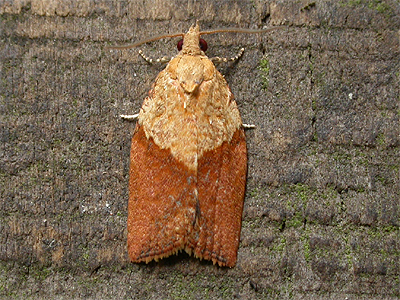 |
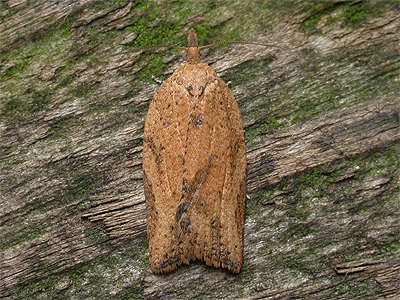 |
|
| 63.069 .... B&F 1342 .... Eudonia angustea (Curtis, 1827) |
||
| Status .....Thought to be a largely coastal species and a known occasional migrant, Eudonia angustea has proved to be quite common in some urban or semi-rural areas of Nottinghamshire. | ||
| ..... | ||
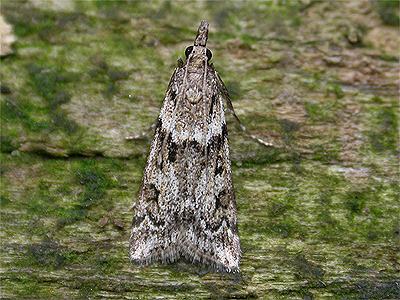 |
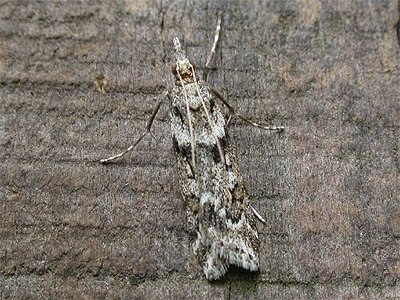 |
|
| 70.095 .... B&F 1760 .... Red-green Carpet Chloroclysta siterata (Hufnagel,
1767) |
||
| Status .....Generally quite a common moth at many sites. Away from the Trent Valley, Red-green Carpet is much more numerous and readily attracted to MV light. | ||
| ..... | ||
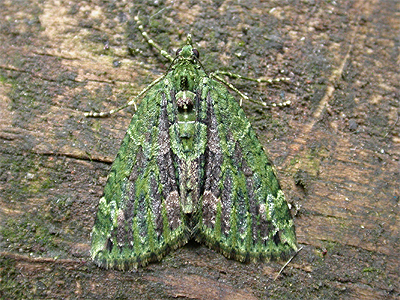 |
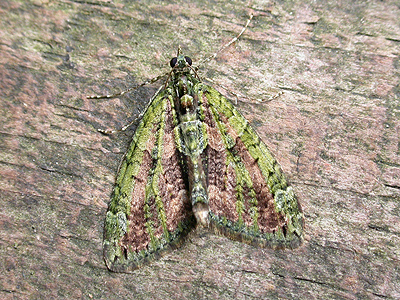 |
|
| 70.097 .... B&F 1764 .... Common Marbled Carpet Dysstroma truncata (Hufnagel, 1767) ....... Formerly known as Chloroclysta truncata |
||
| Status .....An often very common moth, which often shows considerable variation in markings and colouration. Seems to be either totally absent or scarce, south-east of the River Trent. | ||
| ... | ||
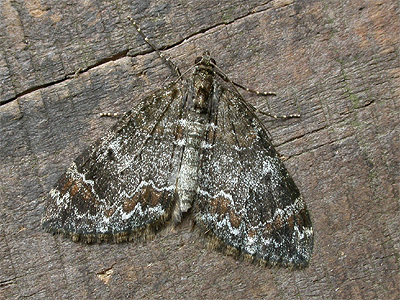 |
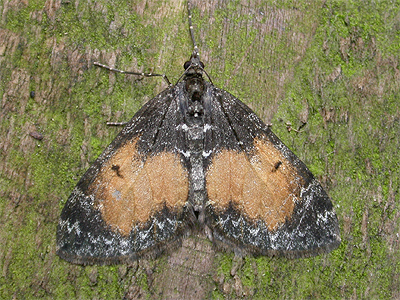 |
|
| 70.107 .... B&F 1795 .... November Moth Epirrita dilutata ([Denis & Schiffermüller], 1775) |
||
| Status .....Very common and often abundant, being attracted to MV light in large numbers. Usually the commonest moth during October at many woodland sites. All the records we have, are all west of the River Trent. | ||
| ... | ||
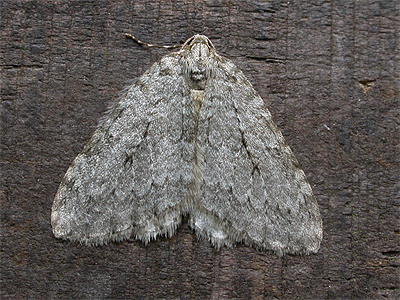 |
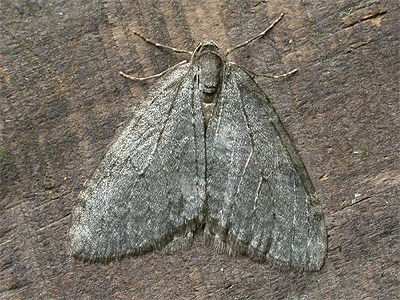 |
|
| 70.244 .... B&F 1923 .... Feathered Thorn Colotois pennaria (Linnaeus, 1761) |
||
| Status .....Common over the western side of Nottinghamshire, but there are few records from sites east of the River Trent, based on the information we have available to us. | ||
| .............. | ||
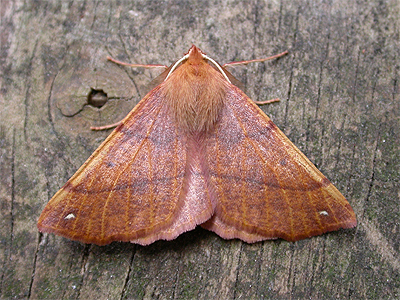 |
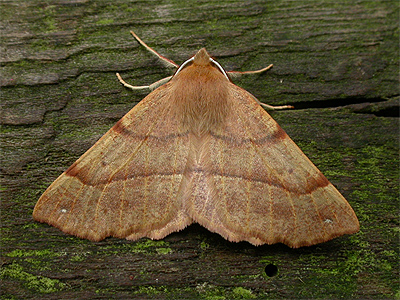 |
|
| 73.180 .... B&F 2272 .... Barred Sallow Tiliacea aurago ([Denis & Schiffermüller], 1775) .... Formerly known as Xanthia
aurago |
||
| Status .....Well recorded from several areas of north Nottinghamshire. Most of the Sallow moths (Xanthia, or formerly Xanthia species) are common in Nottinghamshire and with much the same range as each other. All seem to be commoner in woodlands north-east of Mansfield. Probably much more widespread in the county. | ||
| ... | ||
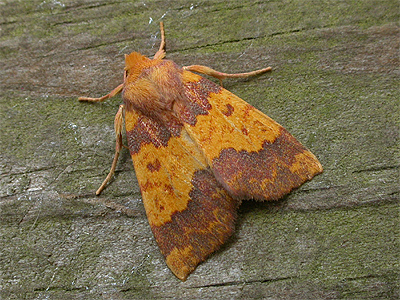 |
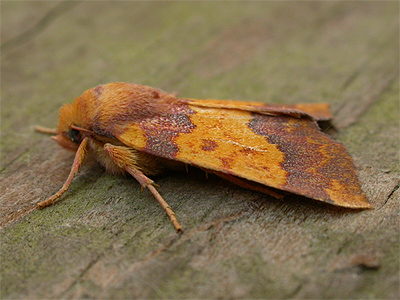 |
|
| 73.189 .... B&F 2263 .... Red-line Quaker Agrochola lota (Clerck, 1759) |
||
| Status .....Presumably common across much of Nottinghamshire, where it seems to be largely confined to a thin line running south-west to north-east. Not a moth we have personally recorded with any regularity until the past couple of years, when it seems to have increased. | ||
| .... | ||
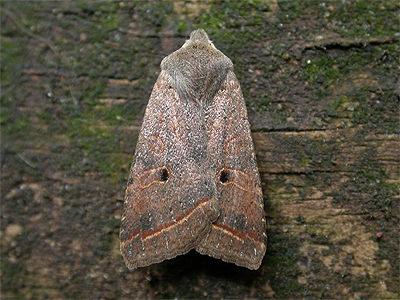 |
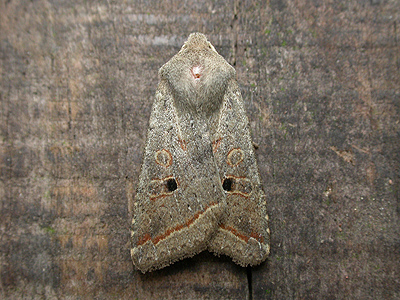 |
|
| 73.206 .... B&F 2240 .... Blair's
Shoulder-knot Lithophane leautieri (Boursin,
1957) |
||
| Status .....Common and widespread in Nottinghamshire (including urban areas) and a moth we had encountered very few times, until we started to run an MV light in our garden. There are currently just a handful of records for the Sherwood Forest area. | ||
| ...... | ||
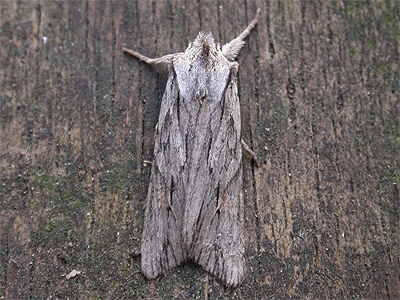 |
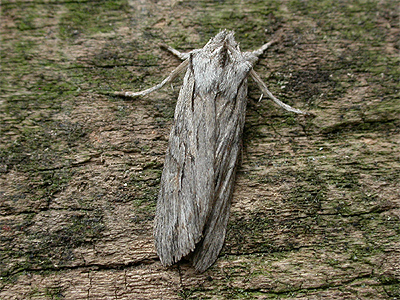 |
|
| 73.359 .... B&F 2126 .... Setaceous Hebrew Character Xestia c-nigrum (Linnaeus, 1758) |
||
| Status .....Very common to MV light across most of Nottinghamshire. | ||
| ...... | ||
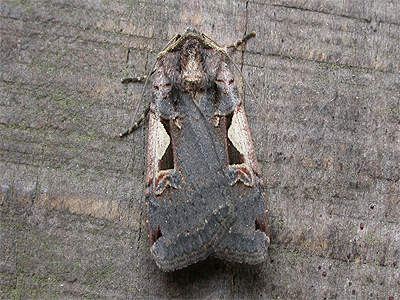 |
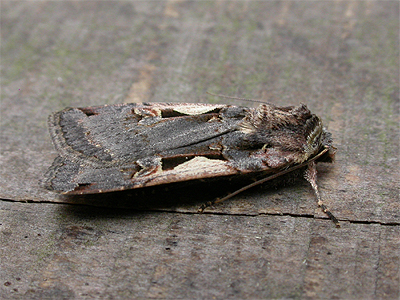 |
|
| Can't find your moth? Some other moths often recorded at MV light during October |
| .... |
| The following moths are also likely to occur during the month, although some may be more habitat specific and less likely to be recorded from suburban gardens. |
| .... |
| Common moths often recorded during the day |
| ..... |
| The following moths are often encountered during daylight hours during October. |
| ..... |